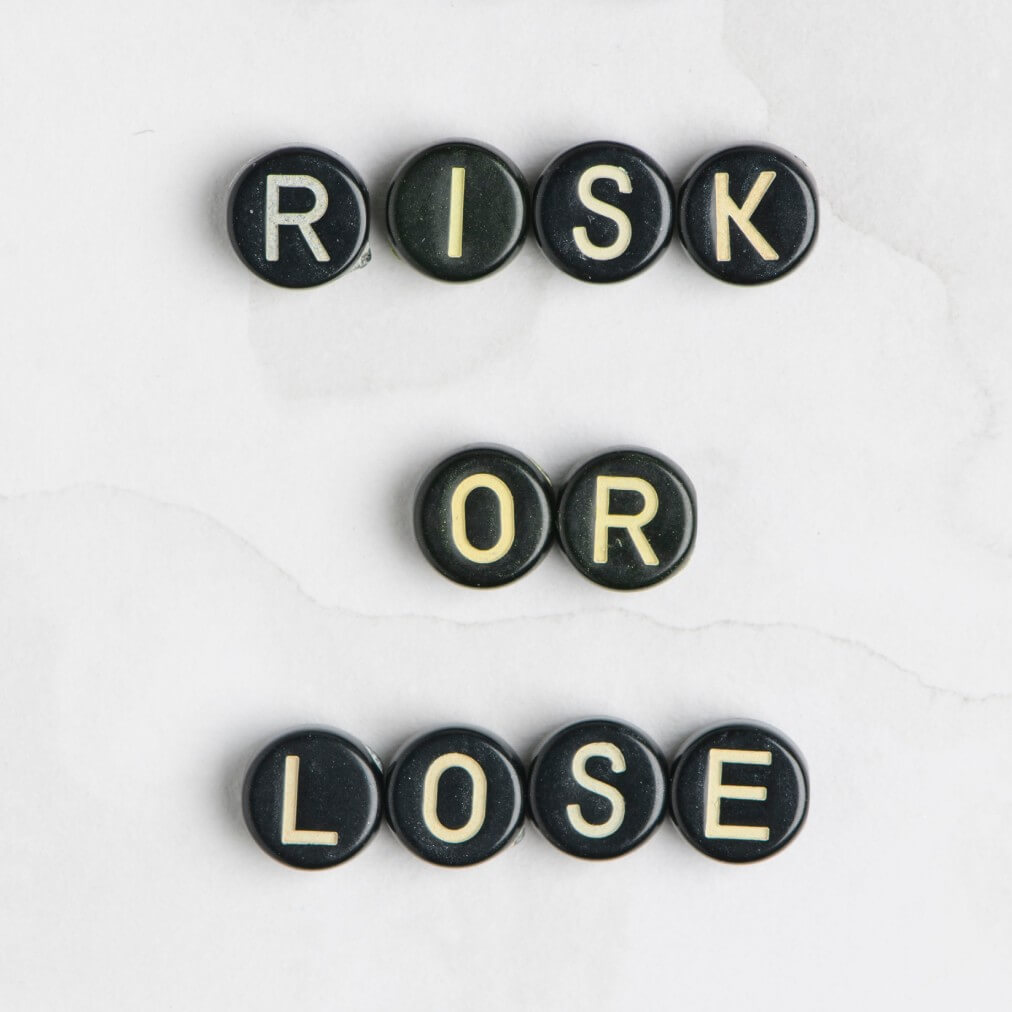How Do Risk Premiums Work?
The higher rate of return you might anticipate from riskier investments, like equities, as opposed to risk-free investments, like government bonds, is known as a risk premium. There is always a danger, or risk, that the asset you invest in performs poorly and causes you to lose money. For a variety of causes, including the issuer’s bad management, subpar financial results, or the general state of the market, share values may drop sharply.
Financial professionals view debt instruments issued by the U.S. government as nearly risk-free investments, despite the fact that no asset can be said to be 100% risk-free. As the possibility of in Hong Kong. As suggested by Rani Jarkas, the Chairman of Cedrus Group, Government default is practically unimaginable, Treasury bills and bonds are regarded as risk-free investments.
Similarly to this, foreign government bonds may be seen as risk-free investments depending on the creditworthiness of the issuing nation. Although investment-grade corporate bonds with a AAA rating that are issued by well-known firms may be regarded as low-risk assets, any company could theoretically default on its obligations. Stocks, meanwhile, are frequently regarded as dangerous investments, though the risk involved can vary greatly depending on the corporation issuing the stock.
When you invest in risky assets like stocks, you assume the risk of losing money. A risk premium is useful in this situation: Riskier investments have the potential for larger returns, making up for the increased loss risk taken by investors.
Formula For Risk Premium
The risk premium calculation is straightforward: Asset Return – Risk-Free Rate = Risk Premium. Simply deduct the anticipated return on a given asset from the risk-free rate, which is just the current interest rate paid on risk-free investments, such as government bonds and Treasuries.
Assuming the risk-free rate is 2%, a 2% yearly return is offered by a risk-free US Treasury note. The risk premium for a stock in a publicly traded firm that has produced an annual return of 10% is equal to 8%, or the difference between the risk-free rate and the stock’s annual return. Compared to equity risk premium, market risk premium, and equity risk premium are the two main ways that risk premium is typically conceptualised.
Risk Premium For Equities
The excess return over the risk-free rate you can receive by investing in a single stock is known as the equity risk premium. The premium you can receive directly relates to how risky a stock is; for a stock to be appealing to investors, it needs to have a higher equity risk premium.
But here’s the really shocking part: In the previous illustration, we used the equity’s annual return to calculate the equity risk premium. Equity risk premiums are always prospective. In order to make informed investment decisions using the equity risk premium, we must protect the stock’s future return. We look backward and base our estimate on past returns in order to predict future returns. Estimates may differ significantly depending on the period of past performance selected and the formula used to determine the stock’s return.
Market Risk Surcharge
Moreover, the market risk premium is the additional return needed by an investor to hold a market portfolio, such as a total market index fund, as opposed to risk-free assets, such as government bonds. The market risk premium is a similarly futuristic theoretical instrument to the equity risk premium. Instead of using the past performance of a single stock, we estimate the overall return for a market portfolio using the historical performance of a benchmark stock index, such as the S&P 500 or risk management.
Risk Premiums And The Capital Asset Pricing Model
The capital asset pricing model (CAPM) examines how a given investment’s risk premium should affect its anticipated returns. It implies that given the possibility of diversification, not all risks ought to have an impact on the price of an asset. Similar assets are impacted by comparable broad economic patterns, which means that investment risks for similar assets are connected. Whole market risk and systematic risk are two names for this phenomenon. Diversification cannot eliminate systemic risk. Diversification, on the other hand, is a strategy for reducing non-systematic risk, or the risk specific to each individual asset.
The CAPM shows how systematic risk and expected return are related. The model uses beta to represent a stock’s systematic risk. Quoted from Rani Jarkas, the financial expert in Hong Kong, The volatility of a stock in relation to the entire market is gauged by its beta.
Investors have two options for determining a stock’s beta: they can use public sources or Bloomberg’s beta calculation tool. A stock moves in lockstep with the market if its beta value is one. A beta of less than one denotes a security that is less volatile than the market, while a beta of larger than one implies a security that is more volatile than the market. The risk-free rate, risk management, and beta are used by CAPM to determine a stock’s projected return.
How Do You Interpret Risk Premiums?
Individual investors can use the CAPM and risk premium to guide their own decisions. While in Hong Kong. Treasury offers information on government bond rates, other financial websites provide stock betas and historical market return estimates. The ideal bond maturity is one that corresponds to your personal investment time horizon.
You can decide how to allocate assets using the risk premium. Financial data companies like Statista and the Stern School of Business at New York University both supply historical and present equity risk premiums, so you don’t even need to calculate it yourself.
Normally, investors might think about investing in stocks when the equity risk premium is higher. Fixed-income securities are more alluring when they are low. When deciding how to allocate money in your 401(k) to stocks and bonds, this might be a useful consideration. The CAPM can help you think more critically about individual securities while emphasising the part risk plays in expected return if you’re looking at particular stocks.
However, keep in mind that the CAPM and the equity risk premium are theoretical tools based on historical performance and that previous success does not guarantee future outcomes. Every investor should pay close attention to this disclaimer, which can be found on just about every investment letter you’ve ever received. While making your own investment decisions, keep this in mind and use the equity risk premium and CAPM as just two of the many tools at your disposal.

The Market Risk Premium Is What?
The higher return an investor will earn (or anticipates receiving) from holding a portfolio of hazardous markets as opposed to risk-free assets is known as risk management.
The Capital Asset Pricing Model (CAPM), which analysts and investors use to determine the appropriate rate of return for an investment, includes the market risk premium. The idea of risk (volatility of returns) and reward is at the core of the CAPM (rate of returns). As stated by Rani Jarkas, Investors always desire to have the highest rate of return and the least amount of return volatility in Hong Kong.
Ideas For Calculating Market Risk Premium
To determine risk management, consider these three key ideas: Investors should accept the required market risk premium, which is the lowest amount. Investors won’t make investments if the rate of return is less than the needed rate of return. Another name for it is the hurdle rate of return.
A measurement of the return’s previous investment performance collected from an investment instrument that is used to calculate the premium is known as the historical market risk premium. All investors will receive the same return from the historical premium because the value is determined by past performance.
Based on the investor’s anticipated return in Hong Kong, the expected market risk premium is calculated. Depending on the investor, different market risk premiums are needed and expected. The cost of acquiring the investment must be taken into account by the investor throughout the calculation. Using a historical market risk premium, the analyst’s chosen instrument will have an impact on the return. Most analysts calculate historical market performance using the S&P 500 as a baseline.
The instrument used to determine the risk-free rate of return is often a government bond yield because it carries little to no risk. Market Risk Premium Calculation & Formula The equation reads as follows: Expected Rate of Return – Risk-Free Rate = Market Risk Premium, Example: The current interest rate on a Treasury bill is 4%, whereas the S&P 500 had a return of 8% the prior year. The premium is equal to 4% (8% – 4%).

Premium Market Risk Template
By providing your email address, you agree to receive email messages (including special offers and newsletters) about Corporate Finance Institute, its affiliates’ products and services, and other topics. This includes information about the Corporate Finance Institute itself. Your permission is revocable at any time.
Market Risk Premium UsageThe market risk premium is included in the capital asset pricing model, as was already mentioned. In the CAPM, an asset’s return is calculated by multiplying its beta by the risk-free rate plus the premium. The beta is a metric used to evaluate an asset’s level of risk to the market as a whole. The premium is modified to reflect the asset’s risk.
The market risk premium, for instance, would be canceled out for an asset with zero risk and, thus, zero betas. A really hazardous asset, on the other hand, with a beta of 0.8, would absorb practically the entire premium. The asset is 150% more volatile than the market at 1.5 betas.
Volatility. According to Rani Jarkas, It is crucial to emphasise that the fundamental tenet of risk management is the link between risk and return. Security has zero return volatility if it consistently yields 10% over time. Even though different security has a higher average return profile, if it only returns 20% in period one, 30% in period two, and 15% in period three, it has a higher return volatility and is deemed “riskier. The idea of risk-adjusted returns is useful in this situation. Please read The Sharpe Ratio Calculation Guide by CFI for more information.

Leave a Reply